CHAPTER NINE
TRAINS AND TIMETABLING
The East Coast Main Line of the Eastern, North Eastern and Scottish Regions of British Railways ran more titled trains than any other. Not only that, they also ran more luxurious trains in the form of Pullman services than all the other BR regions put together. The London Midland Region ran none, other than the short-lived ‘Midland Pullman’ DMU between St Pancras and Manchester Central, the Southern Region ran a few, including the EMU Brighton Belle and the Bournemouth Belle and the Western Region ran one to South Wales, and eventually to Bristol and Birmingham when the Pullman DMUs were transferred. On the ECML one could see the ‘Tees-Tyne Pullman’ (one set), the ‘Yorkshire Pullman’ (one set), the ‘Queen of Scots’ (two sets, Up and Down) and the ‘Master Cutler’ (one set). There was also the ‘Harrogate Sunday Pullman’ (one set). These prestigious trains typified the running of this great main line. In the ‘Elizabethan’ the line had the longest non-stop run in the world. There were also evocative names like the Flying Scotsman, the Talisman, the Fair Maid, the Northumbrian, the White Rose and the West Riding among others. All these famous trains ran through Little Bytham in 1958. I’ve built many of them. Out of necessity, it has been necessary to build kits for many of the sets.
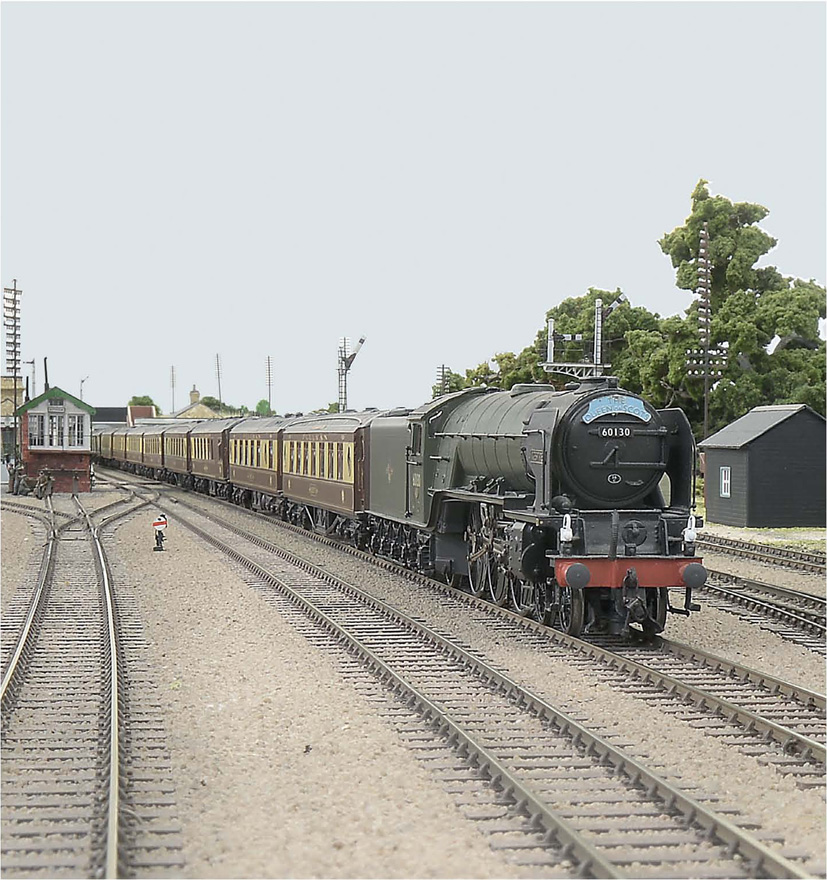
The longest distance Pullman train was the ‘Queen of Scots’, King’s Cross to Glasgow, turning off the ECML at Doncaster to go via Leeds, Harrogate and Ripon and back to the main line at Northallerton (the section beyond Harrogate having been long-closed). It involved much in the way of loco-changing – a ‘Copley Hill’ depot A1 to Leeds, a Neville Hill ‘Pacific’ to Newcastle, then a Tyneside or Haymarket Pacific to Waverley and another Scottish-based loco on to Queen Street. In this view the northbound train heads through Bytham behind 60130 Kestrel from Copley Hill (Leeds). I built the loco from a DJH kit and the cars from Hornby/Comet/MJT components. Ian Rathbone painted the lot, beautifully. The train was ten cars long and the front two (outside the brakes) only went as far as Leeds, where they returned at the front end of the corresponding Up service. It was travelling in style, indeed.
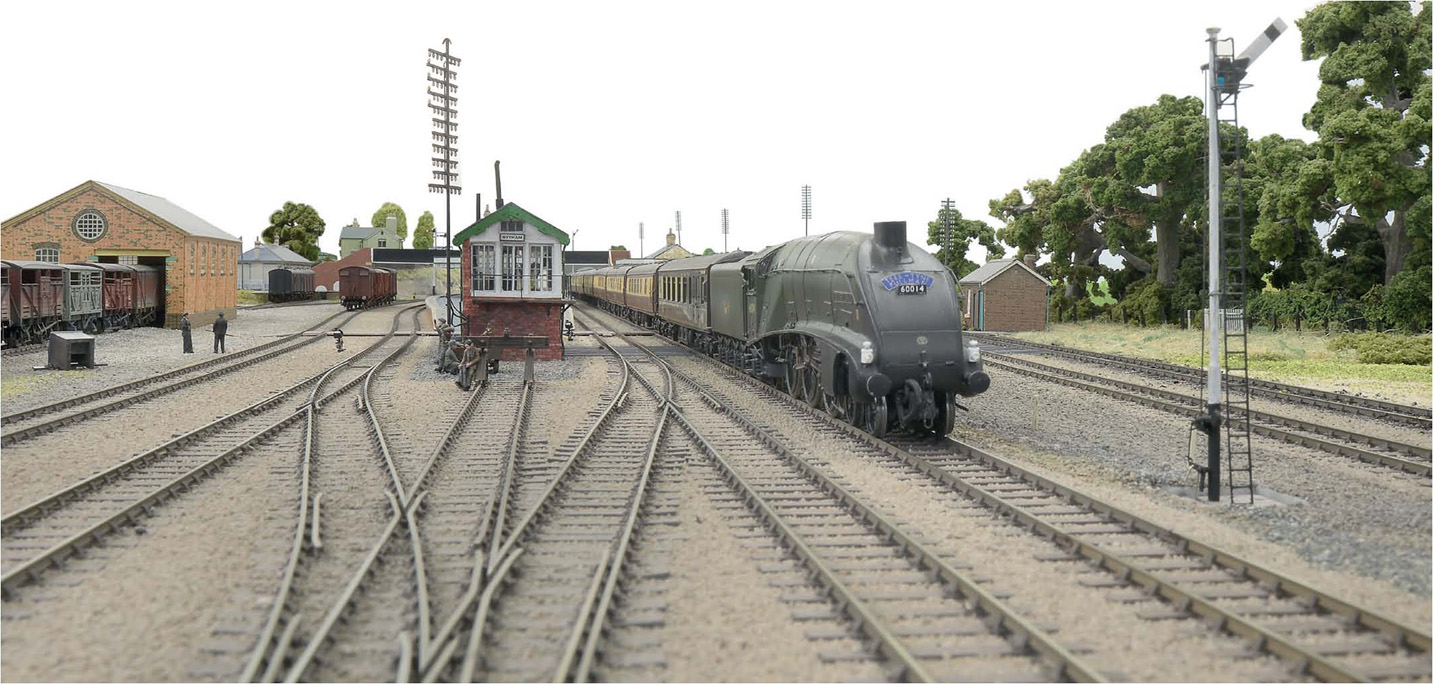
The fastest Pullman service was the ‘Tees-Tyne Pullman’, eight cars between Newcastle and King’s Cross return, with a single stop at Darlington. It was usually in the hands of a Top Shed ‘Pacific’, in this case behind the doyen of the A4s, 60014 Silver Link. I built this loco from an old Wills’ kit many years ago. Ian Rathbone repainted it years later. The actual set is slightly anomalous because it contains BR Mk 1 Pullman cars, something not introduced until a year after the station closed. I plead modeller’s licence.
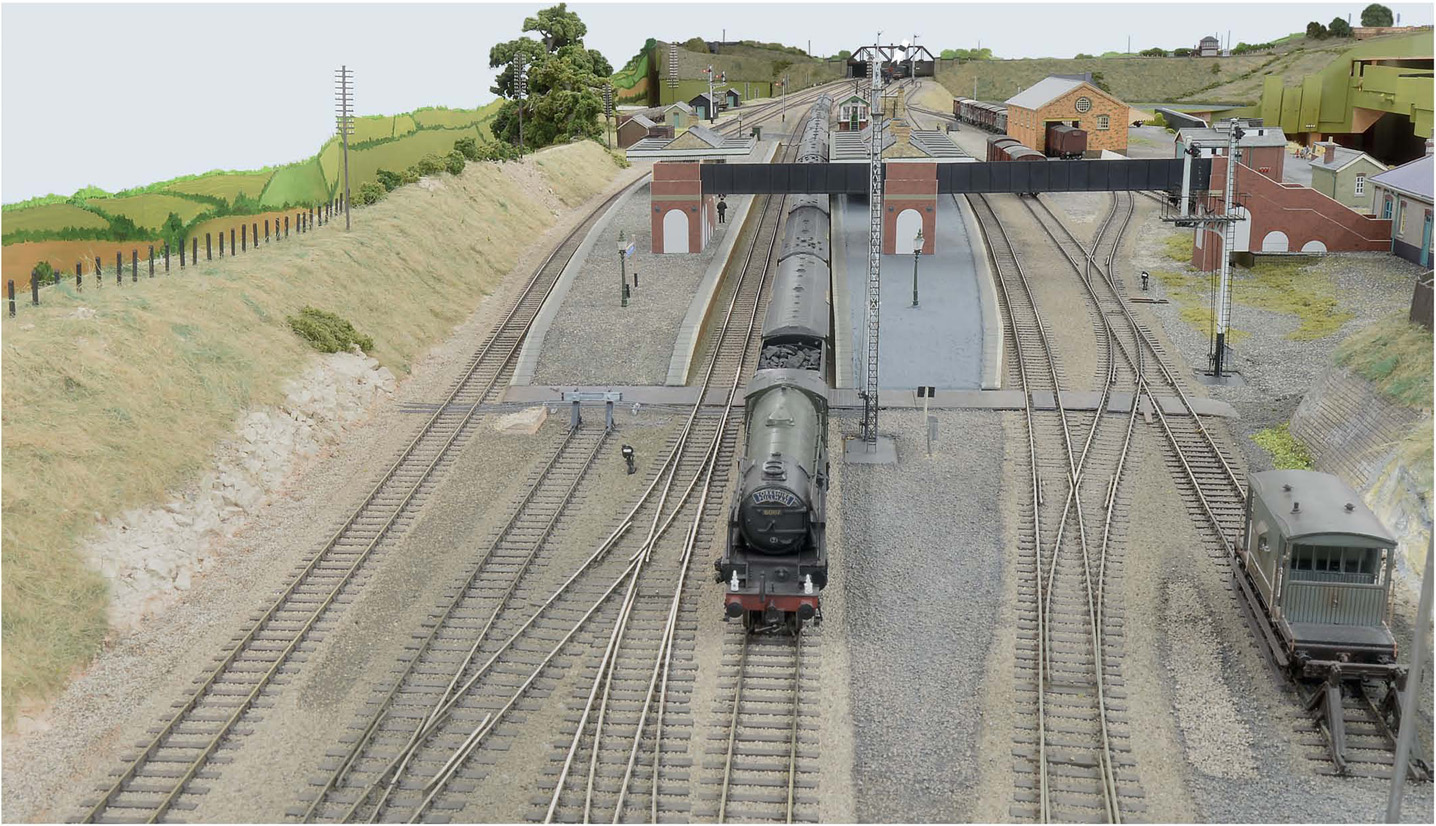
The longest consist for a Pullman car service on the ECML was the ‘Yorkshire Pullman’, eleven cars joined together at Doncaster, including portions from Harrogate, Leeds, Bradford and Hull. Here’s my rendition of it, taken south by yet another A1 I built from a DJH kit, in this case 60117 Bois Roussel. The footbridge is still a mock-up in this view.
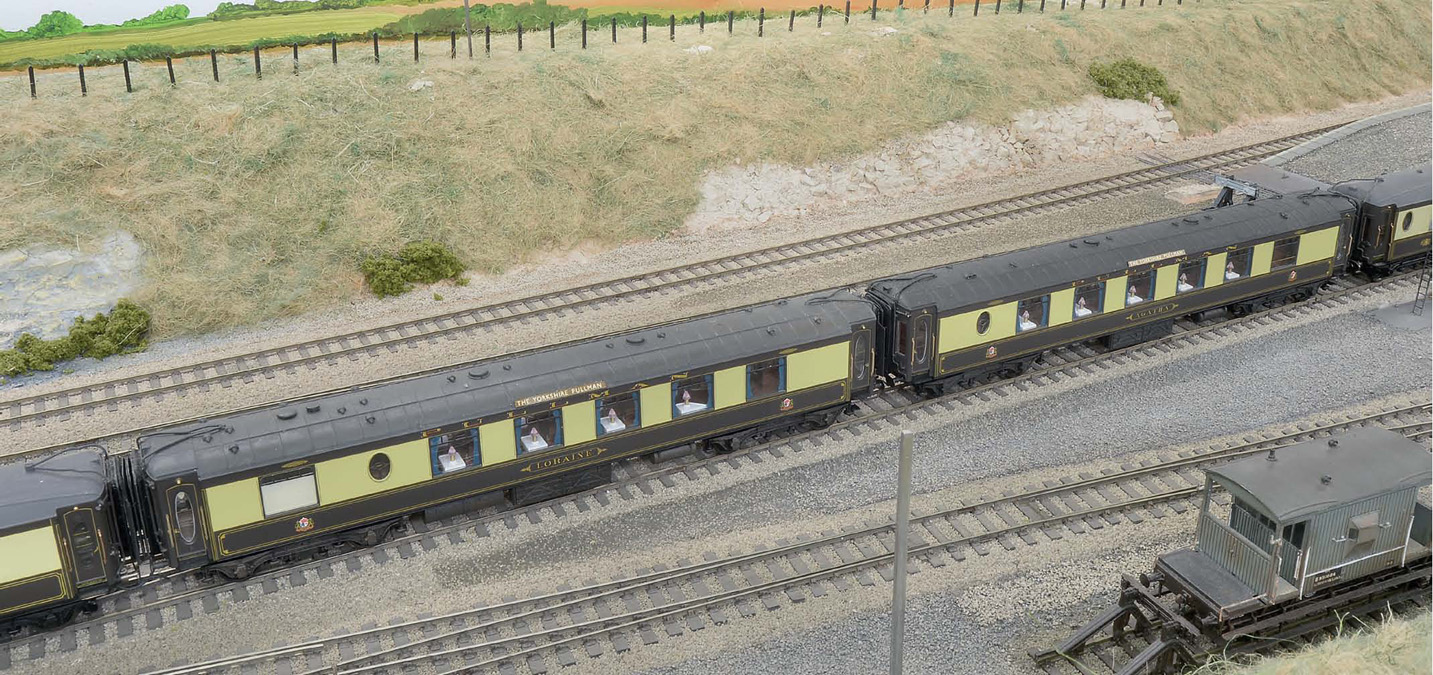
With the introduction of Hornby’s latest representation, the all-steel 1928 Pullman cars, creating accurate trains such as the ‘Yorkshire Pullman’ has been made much easier. All I’ve done is to paint curtains on the inside of the windows, fit concertina gangways (Modellers’ Mecca), make my own couplings and weather the roofs and underframes on these two examples. They are splendid models at source.
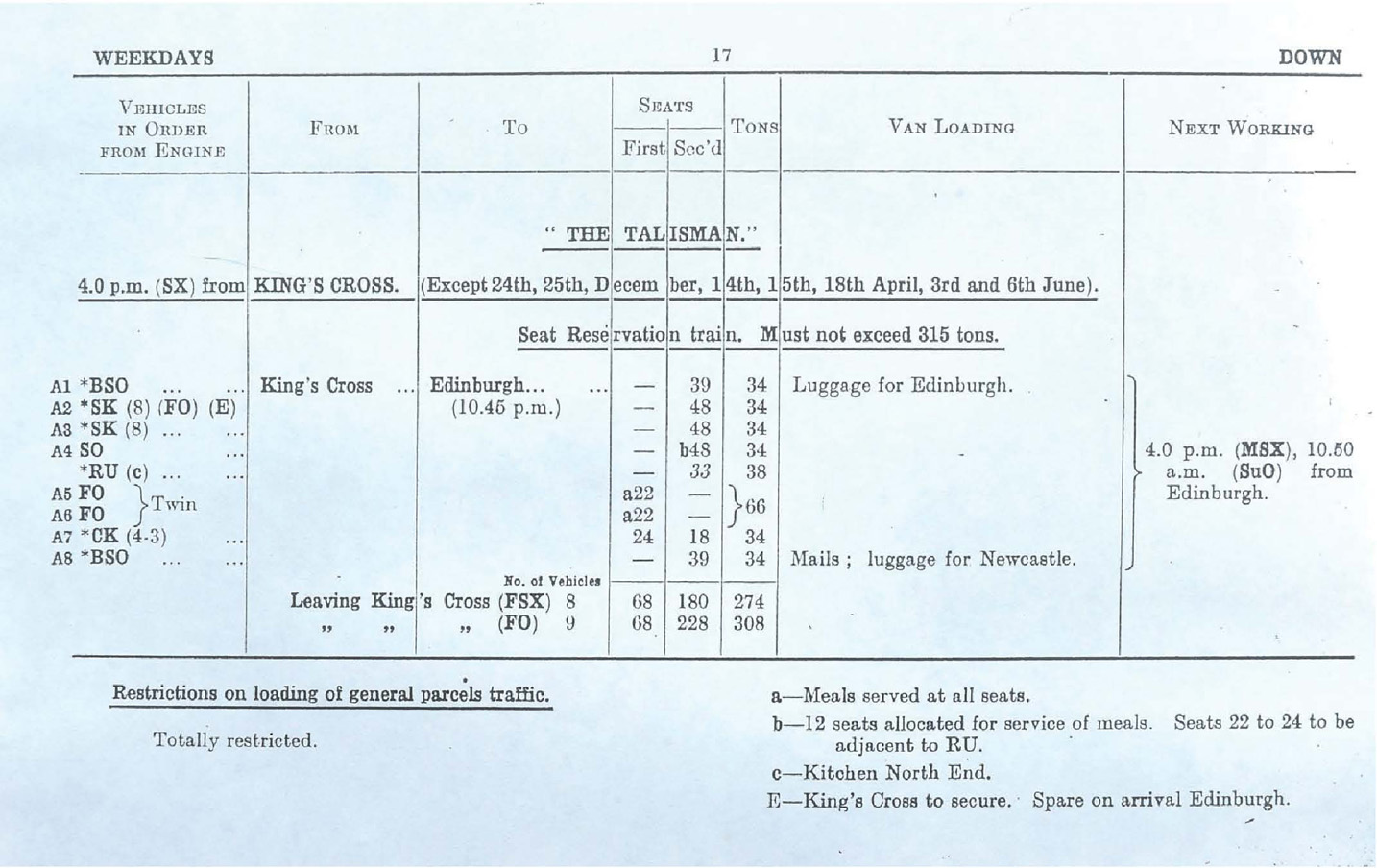
I have several of BR’s official carriage and wagon books from the period, which show the make-up of all the trains. This one is the consist for the ‘Afternoon Talisman’ in 1958. It’s made up from Mk 1 cars, a Thompson car and a Gresley articulated First Open twin, eight cars in all.
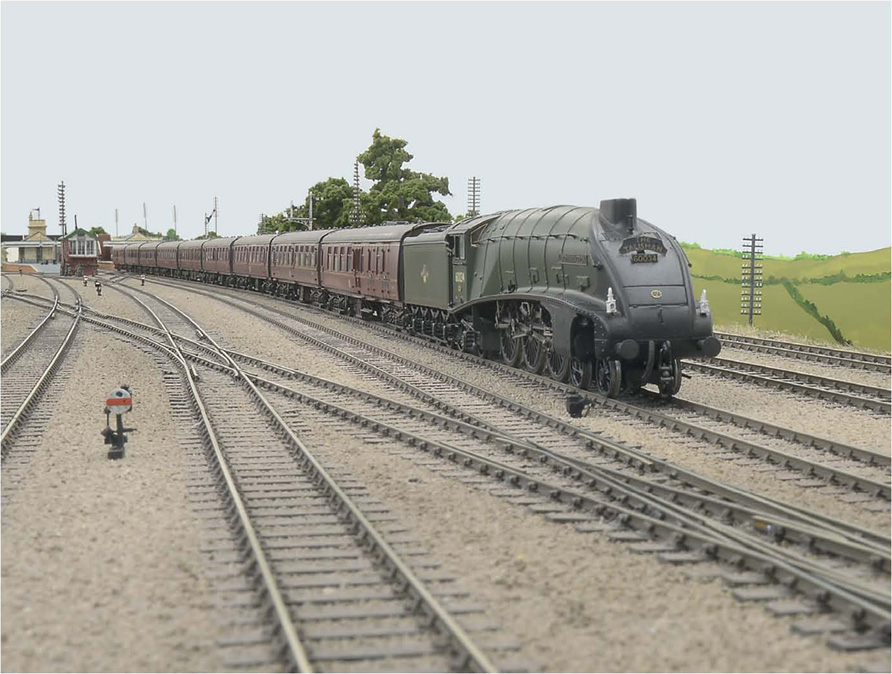
The ‘Morning Talisman’ was made up entirely of Mk 1 cars, and all the appropriate types are available from Bachmann. I thus used those cars to make up the rake, taking off the over-scale roof ribs, adding gangways, changing the couplings and applying weathering. Appropriately, it’s hauled by a modified Bachmann A4, 60034 Lord Faringdon, modified inasmuch as I built a replacement chassis for it and a new tender. The original split chassis just fell to bits. Experience has taught me that RTR loco chassis are nowhere near as powerful, reliable or durable as kit-built ones.
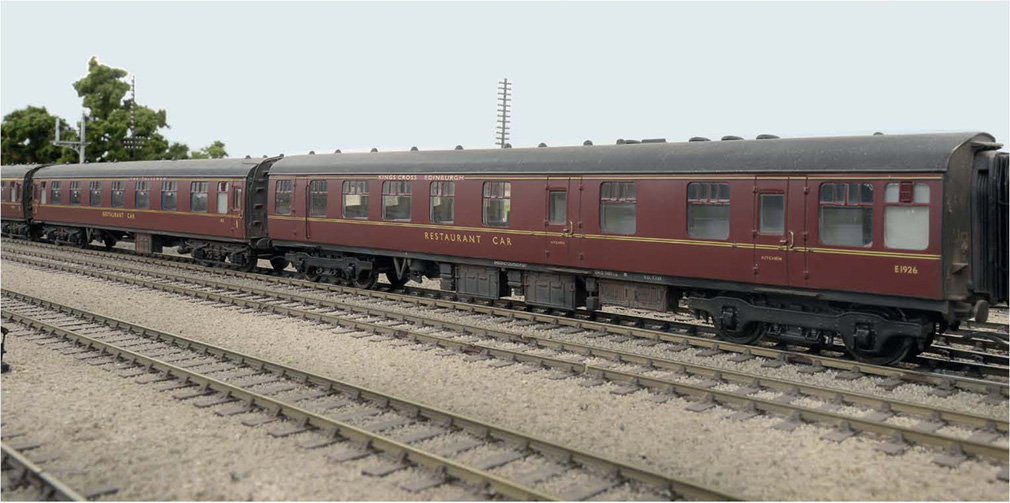
Because all the correct cars are made RTR by Bachmann, then this ‘Morning Talisman’ can be recreated without resorting to kit-building. However, such was the poor riding of the real Mk 1 catering cars that a Gresley or a Thompson equivalent was often substituted.
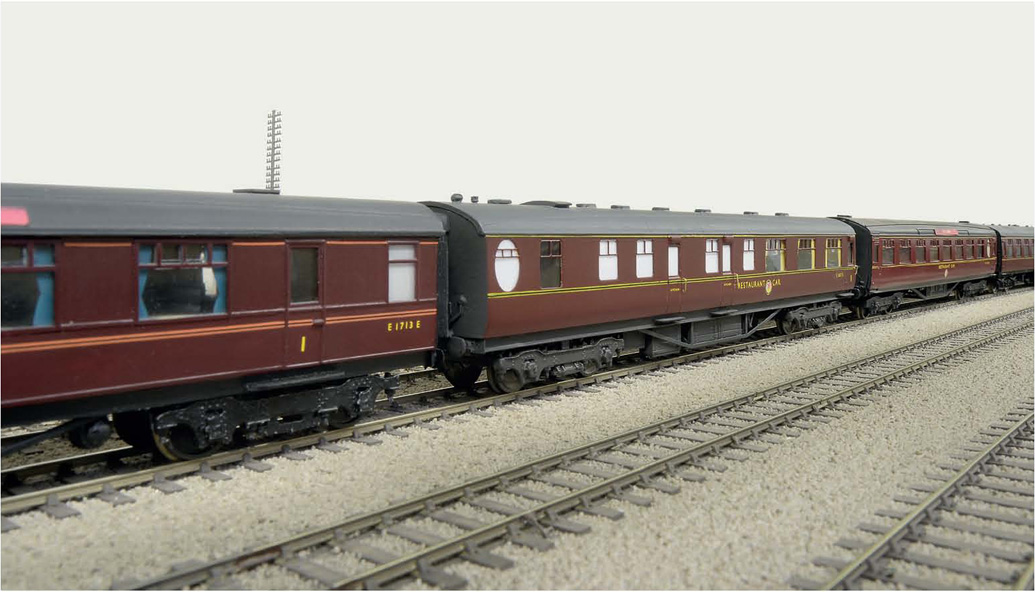
Though the official consist for the ‘Afternoon Talisman’ shows a Mk 1 restaurant unclassified in it, many photographs reveal a Thompson substitute – which I’ve replicated here. This car was made by Alan Buckenham from a Comet kit for the late Geoff Brewin. I made the Gresley twin FO/FO (to the left) and the Thompson Restaurant Second Open (to the right).
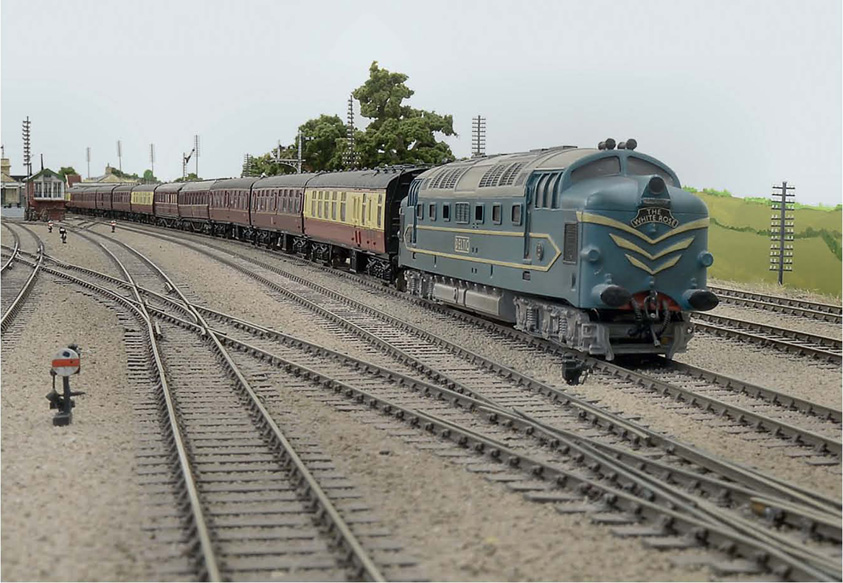
For a time after its introduction on the ECML, the prototype ‘Deltic’ was used on the White Rose between King’s Cross and Doncaster. I made this loco years and years ago by fitting a modified Kitmaster ‘Deltic body over a modified Lima ‘Deltic’ chassis. The much later Bachmann/NRM one is much better, but I made this one – the other one, one just buys. The train (correctly) is made up of mainly of Mk 1 cars (modified Bachmann) with the catering pair being Gresleys (Comet kits).
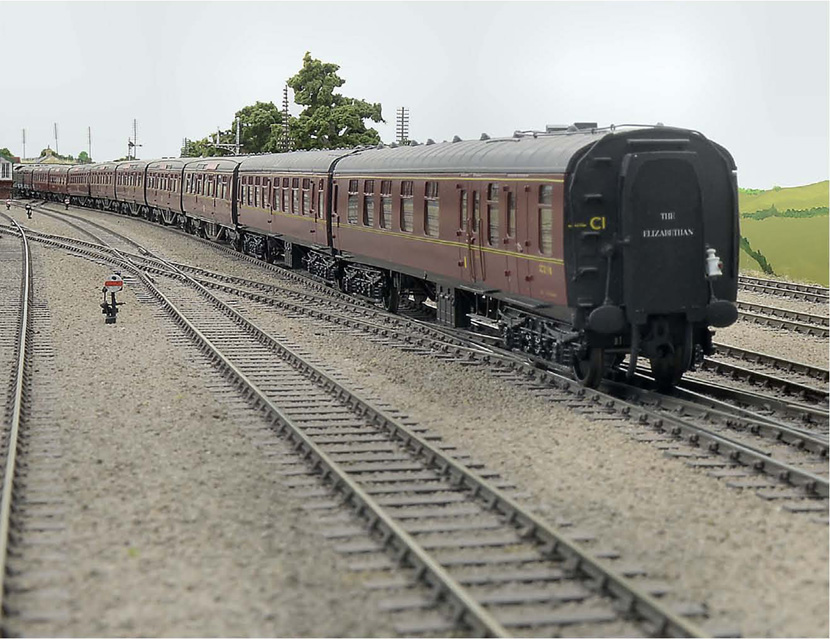
I had to have the ‘Elizabethan’. This rake is made up from butchered Bachmann original Thompsons with Southern Pride overlays fitted, running on MJT heavy-duty bogies, with the Aberdeen Mk 1s made by Dave Lewis from his own Southern Pride kits.
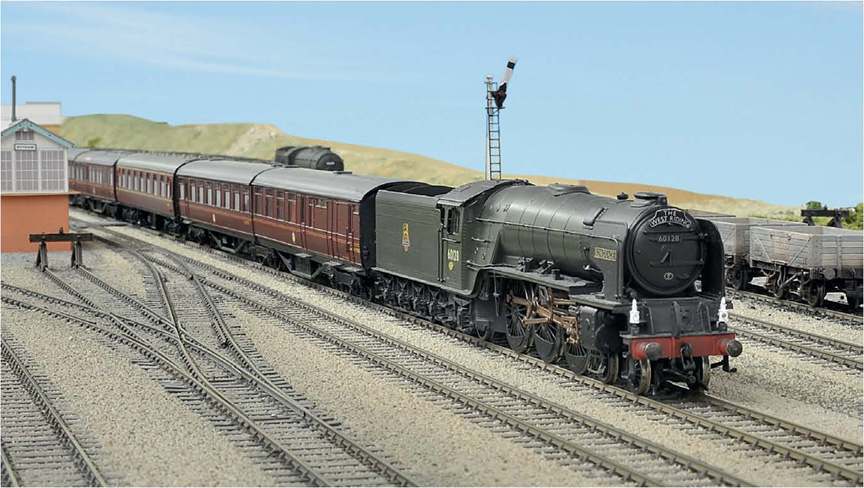
By the late-1950s, the ‘West Riding’ still had some Gresley artics in it. I made these from Mailcoach kits. I also made the loco, from yet another DJH kit, which Ian Rathbone painted.

Despite my exhorting folk to make things for themselves, with RTR carriages now of the quality of these latest Bachmann Thompsons, only the top coachbuilders could get close to this. I assisted in a small way with these carriages’ development and I’m very gratified with the results. All I’ve done to these is to fit concertina gangways, replace the couplings, fit roof destination boards and weather the roofs, ends and underframes. A picture of the pre-production sample appears in Chapter 8.
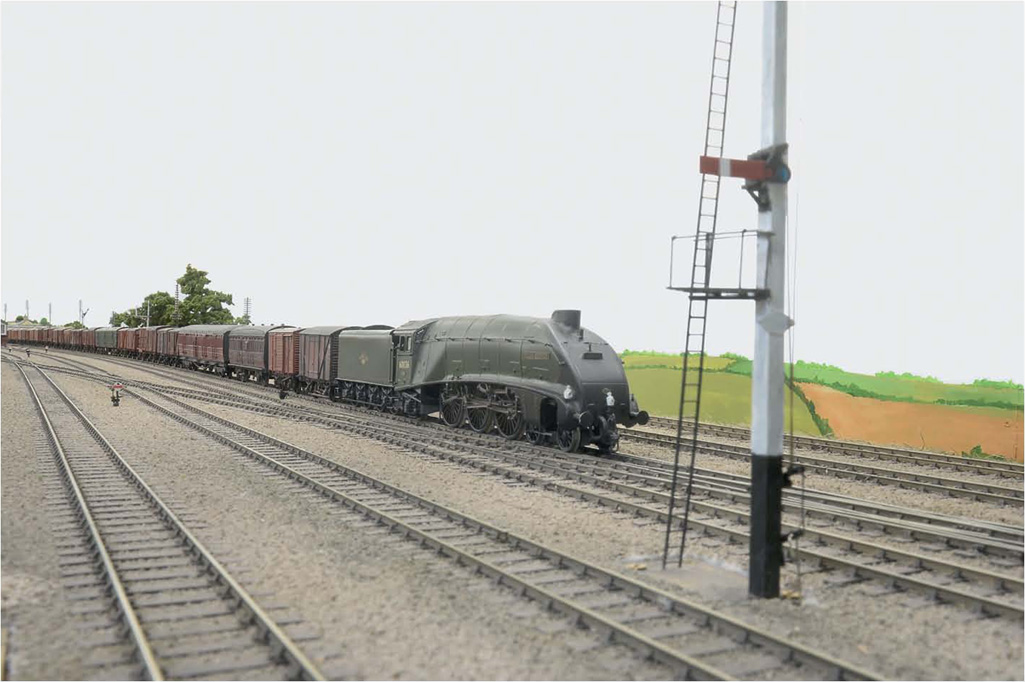
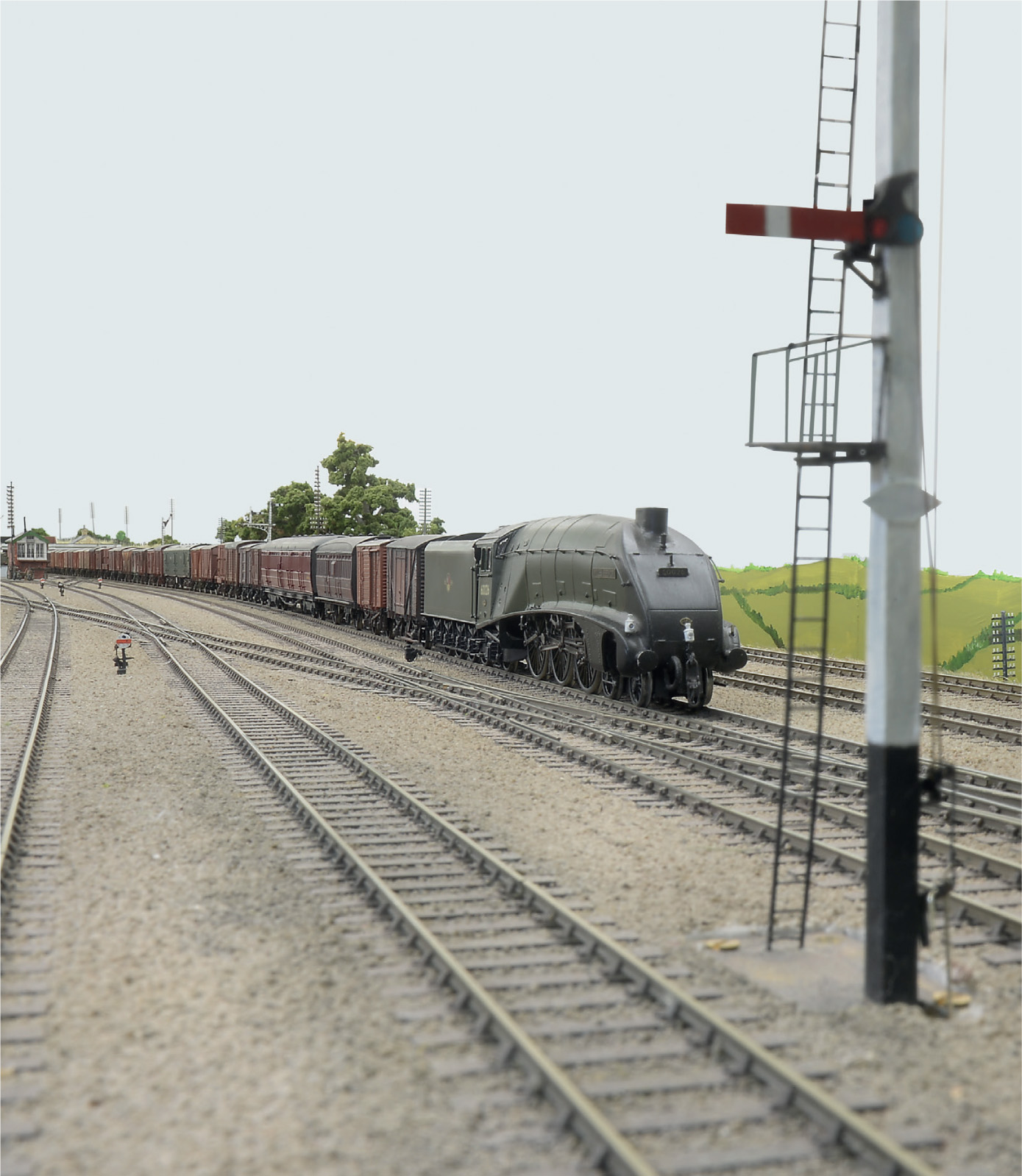
One of the most important jobs in steam days on the ECML was the 266 Down, the King’s Cross– Niddrie (Edinburgh) ‘Scotch Goods’. This was a very fast freight, so usually had a ‘Pacific’ on the front, in this case 60026 Miles Beevor of 34A (made from a SE Finecast kit by me, painted by Ian Rathbone). The long rake is a mixture of modified RTR and kit-built stock. Note the lamps, denoting a fully fitted express goods. All my locos carry the correct lamp code for their duties. I just drill a hole in the base of a lamp, stick a blob of BluTak in it and push it on to the lamp bracket. The lamps I use are from Springside (a bit big), Lanarkshire Model Supplies (just right) and ModelU (also the right size).
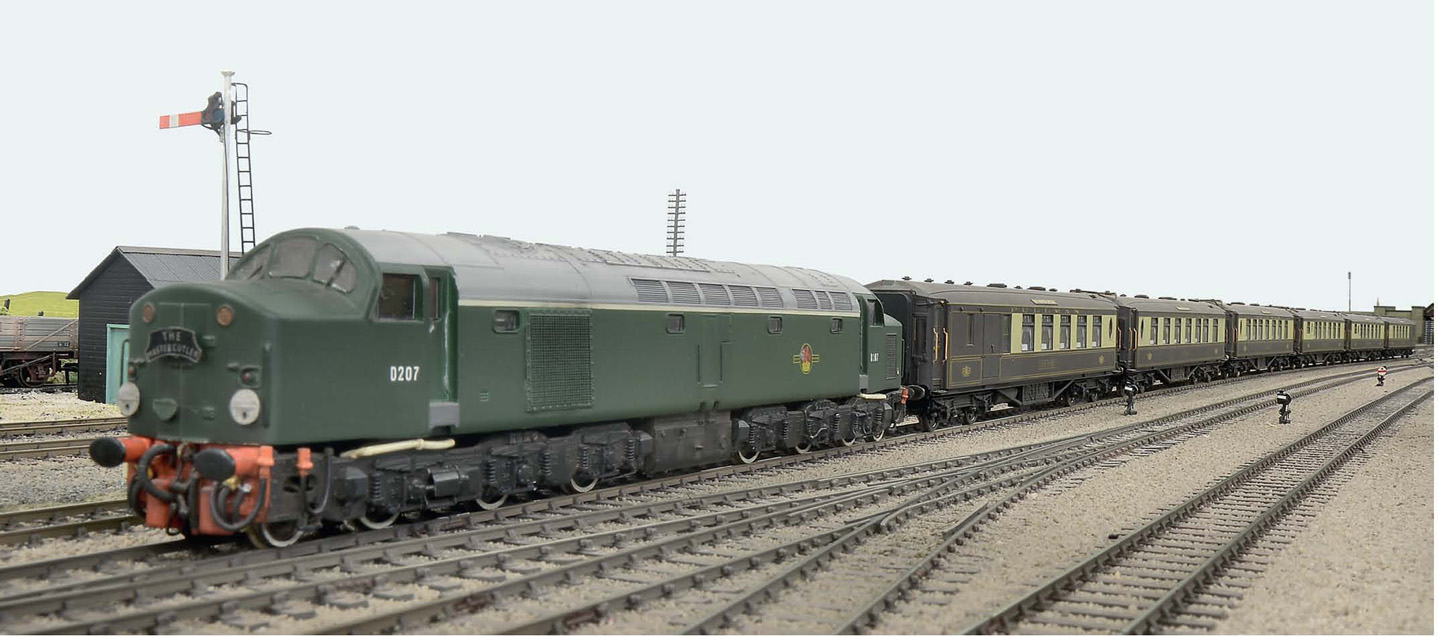
By 1958 the first main-line diesels were coming on stream, initially in the form of the first ten English Electric Type 4s (later Class 40s). They were underpowered and were relegated to less-demanding duties, such as the ‘Master Cutler’ between Sheffield and King’s Cross. This is an old Lima model, with the nose re-profiled and the chassis re-wheeled. It’s also been repainted and weathered by my elder son, Tom.
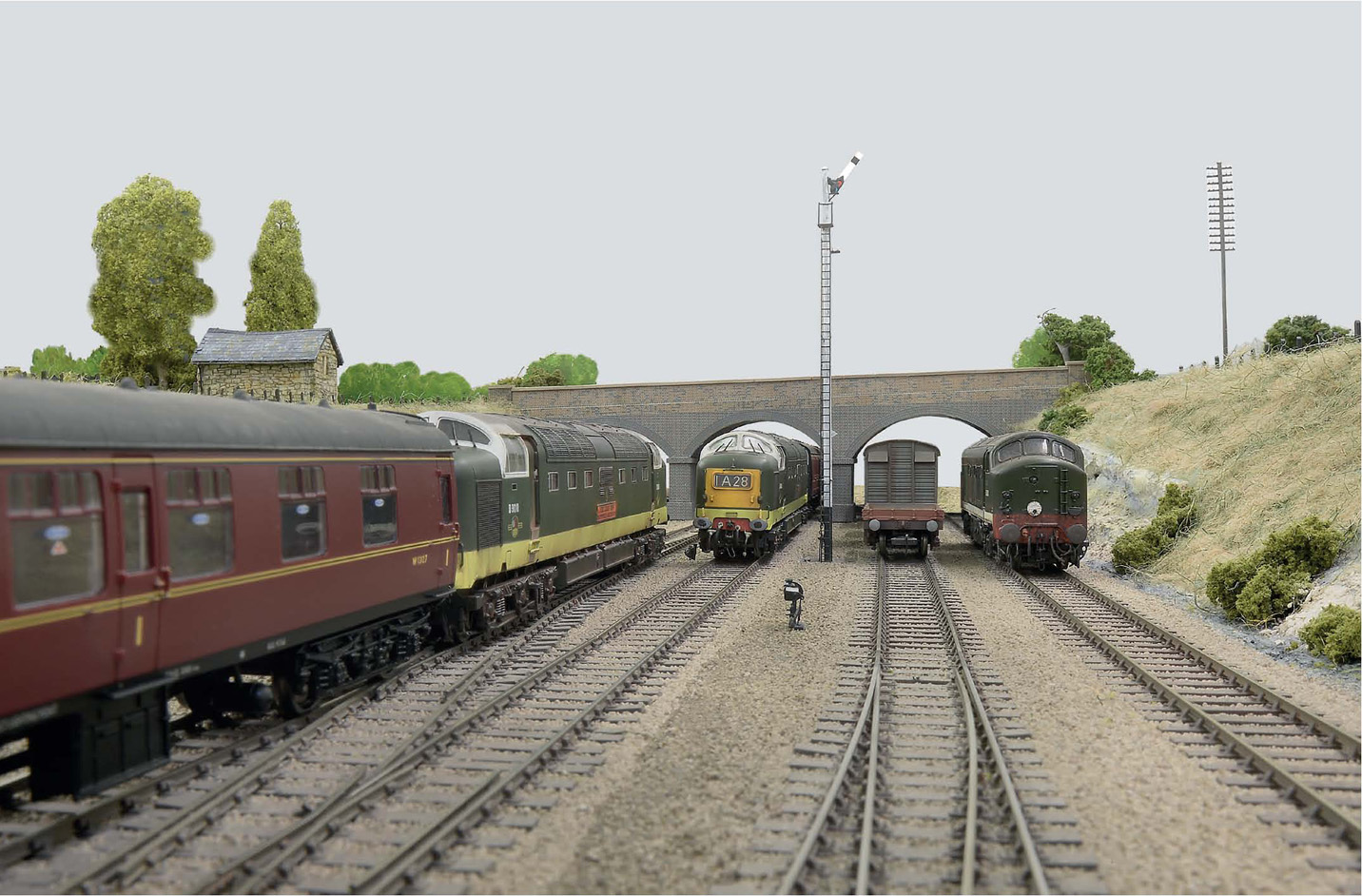
Though the production ‘Deltics’ didn’t appear until after Little Bytham Station closed, I just had to have some (modeller’s licence again). They are all modified Bachmann items. The ‘Baby Deltic’ is a Heljan product that I heavily weathered.
PASSENGER SERVICES AT LITTLE BYTHAM - PAGE 1
16th September 1957 to 8th June 1958
PASSENGER SERVICES AT LITTLE BYTHAM - PAGE 2
16th September 1957 to 8th June 1958
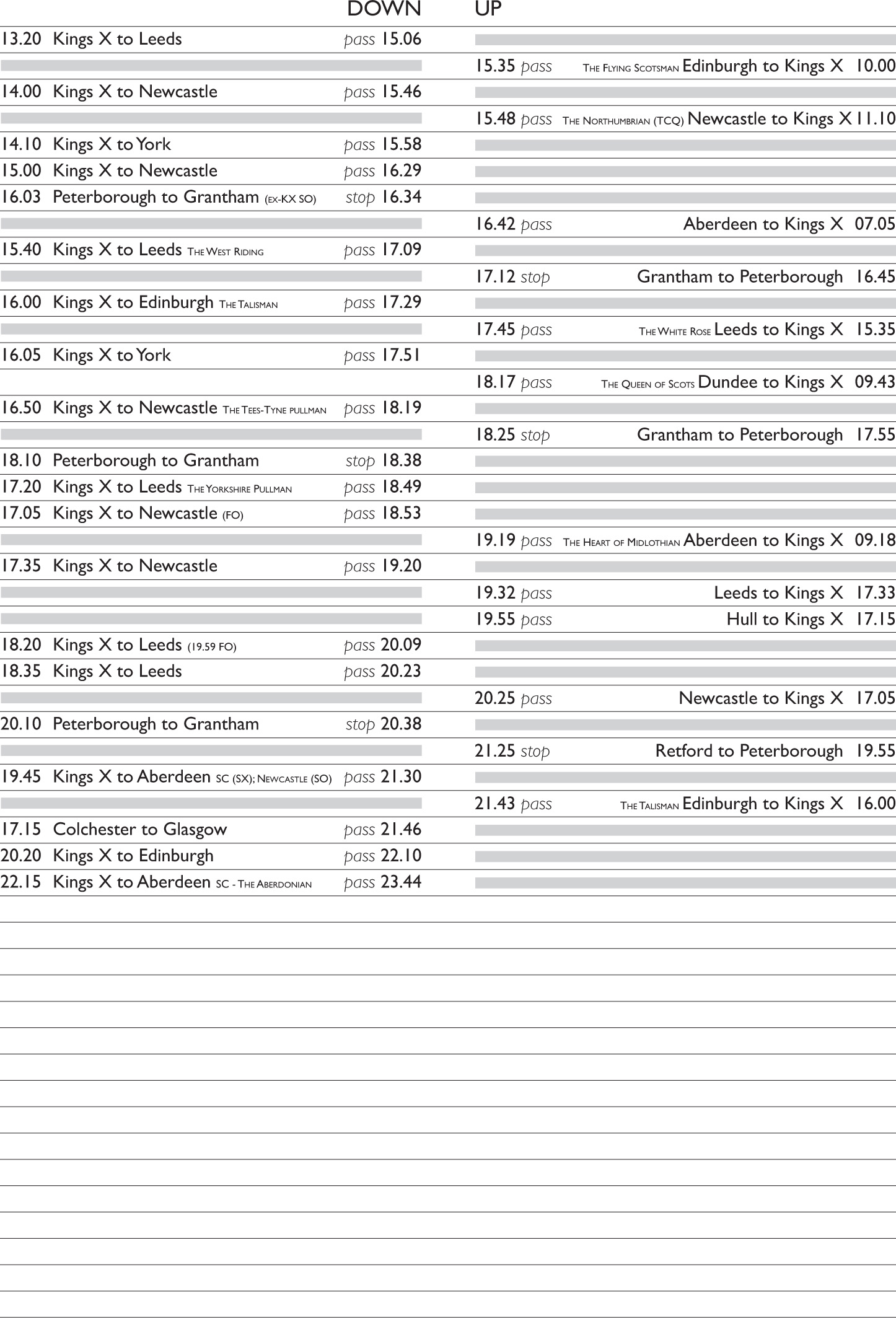
Both passenger and working timetables for the period were used to decide on what trains to make to run on ‘Little Bytham’. Obviously, only a fraction of the trains could be represented – over 150 passing through, including the freights; more in the holidays. This is the ‘Winter Passenger’ TT for 1957–58 – there were more trains in the summer.
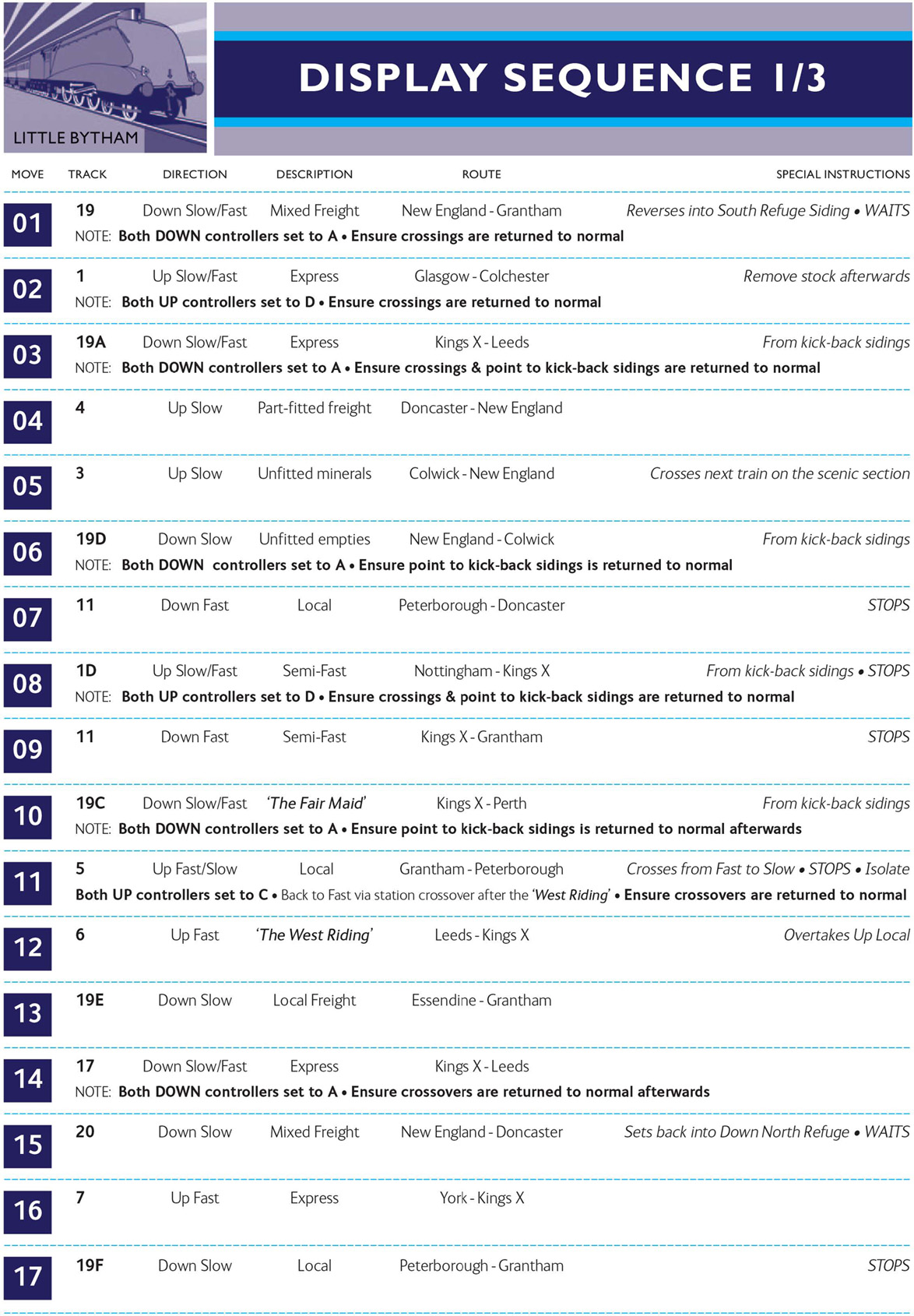
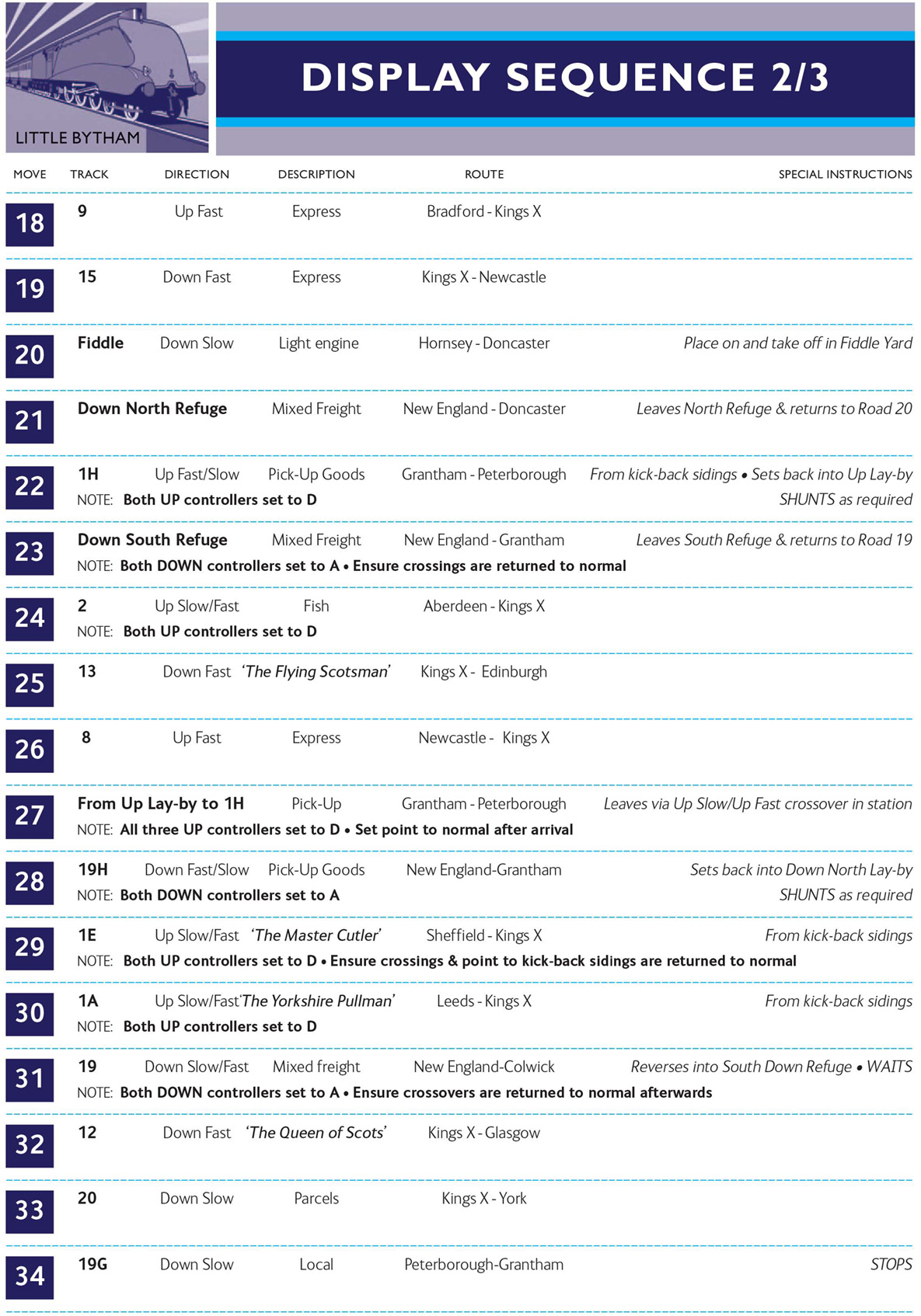
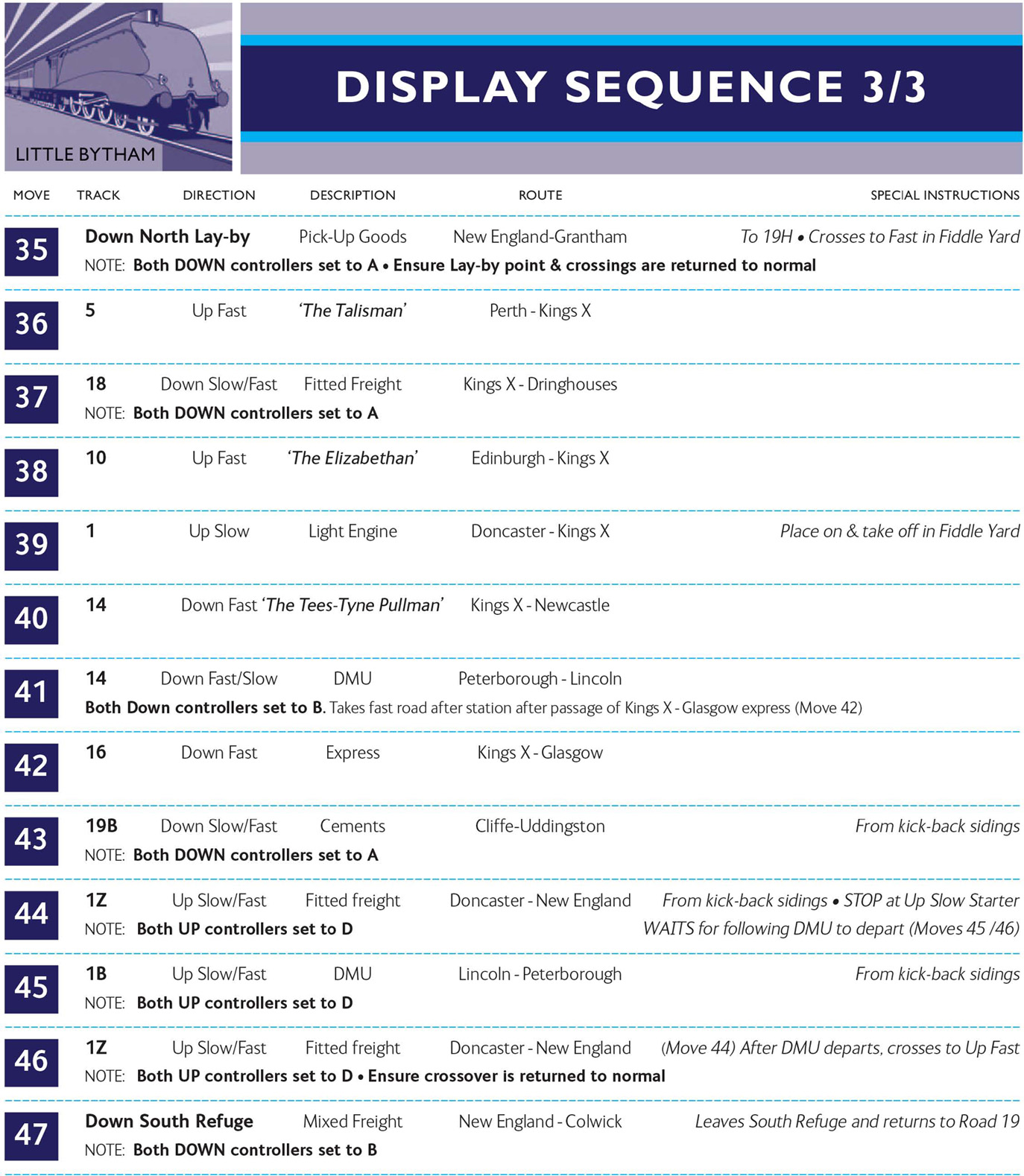
Ian Wilson devised a working sequence to operate ‘Little Bytham’, consisting of forty-seven different train movements. This is a fair representation and takes about an hour and a half to successfully get through. Instructions are provided for the operators and, we hope, they’re followed.
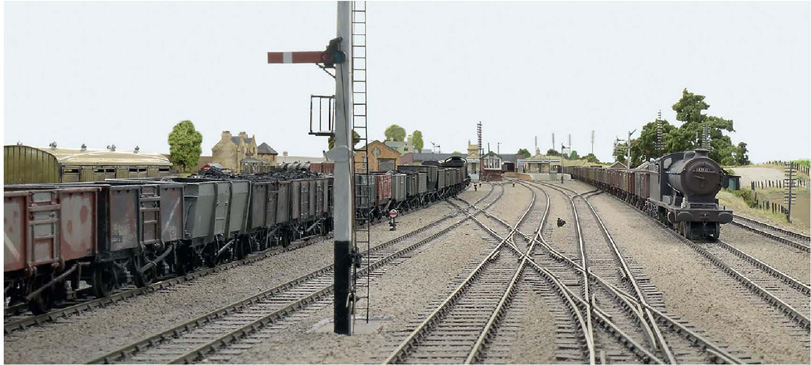
Though this main line saw the fastest steam-hauled trains in the realm, the humble freights should not be forgotten for it was they who earned the most money. When coal was king, the capital had an insatiable appetite and these shots show Up and Down, respectively, full and empty mineral trains – the empties had to be taken back to the pits, so this work was unremunerative, but necessary.
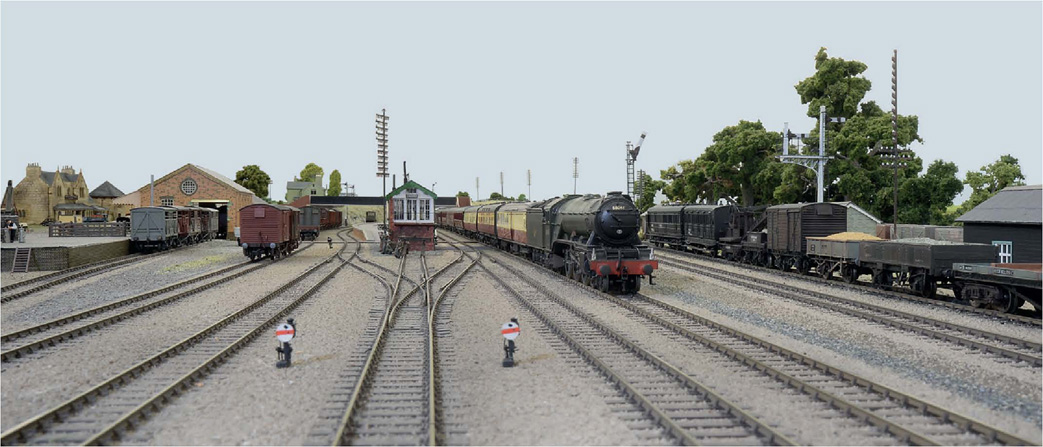
Occasionally breakdown or ballast trains could be seen in sidings, so it’s important to represent these as well, if you have the space.
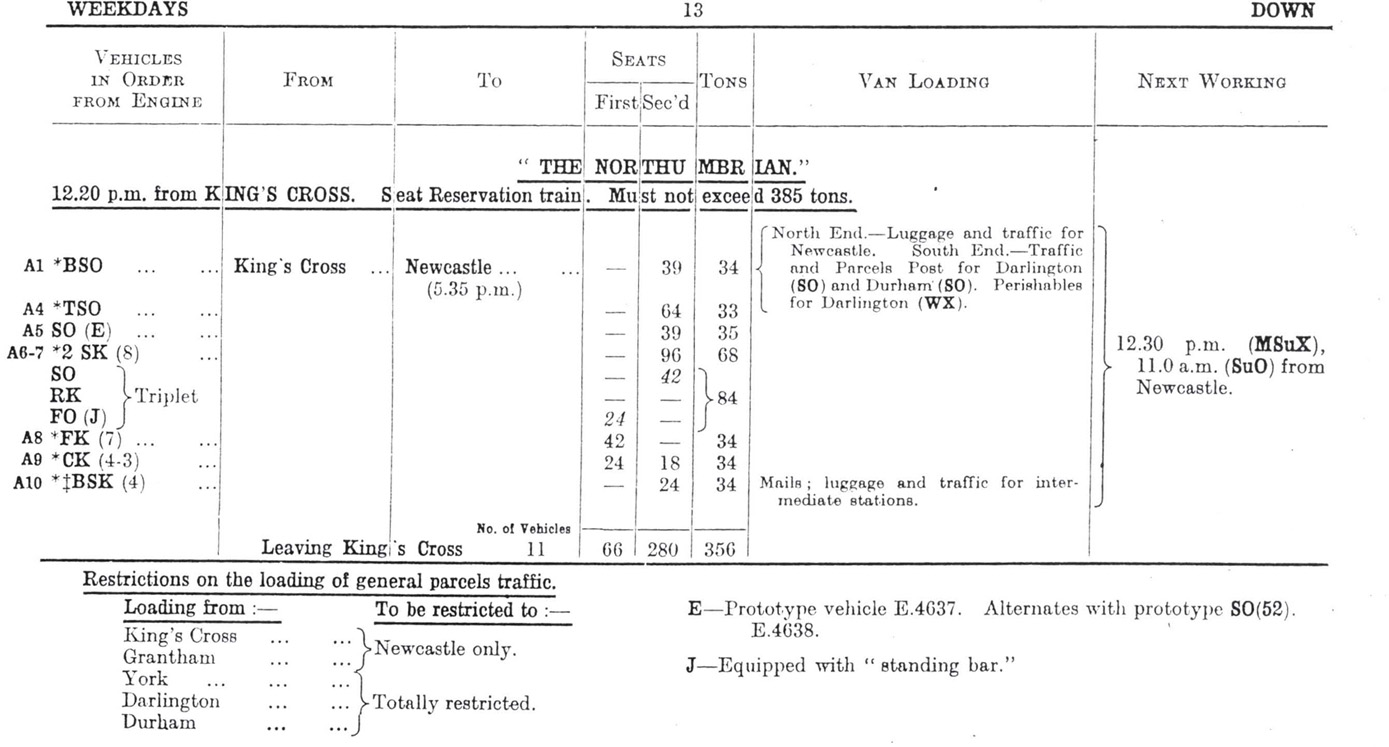
This is the consist for the Northumbrian, Newcastle–King’s Cross return, in the summer of 1958. It’s made up entirely of Mk 1 cars, with the exception of the articulated catering triplet, which is of Gresley origin. It shows the first-class section containing a standing bar. Note that the Second Open is one of the prototype Cravens’ cars, for which Southern Pride does a kit. All the other Mk 1s could be provided by Bachmann, with the exception of the One Brake Second Open, which Hornby has just announced. The alternative is to kit-build.
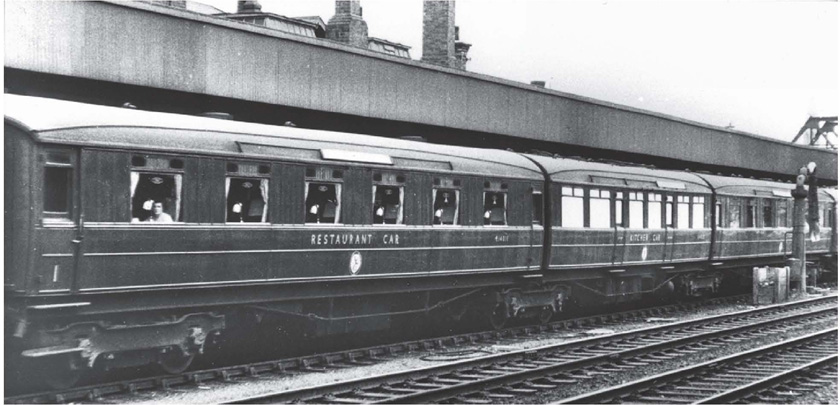
The latter-day ex-LNER catering triplets were among the most impressive sets still operating on BR in the late-1950s. Here, at Doncaster, in 1959 is a 1924-built example, with turnbuckle underframe. It’s in a Newcastle–King’s Cross express, still going strong after thirty-five years of front-line service. R.S. CARPENTER
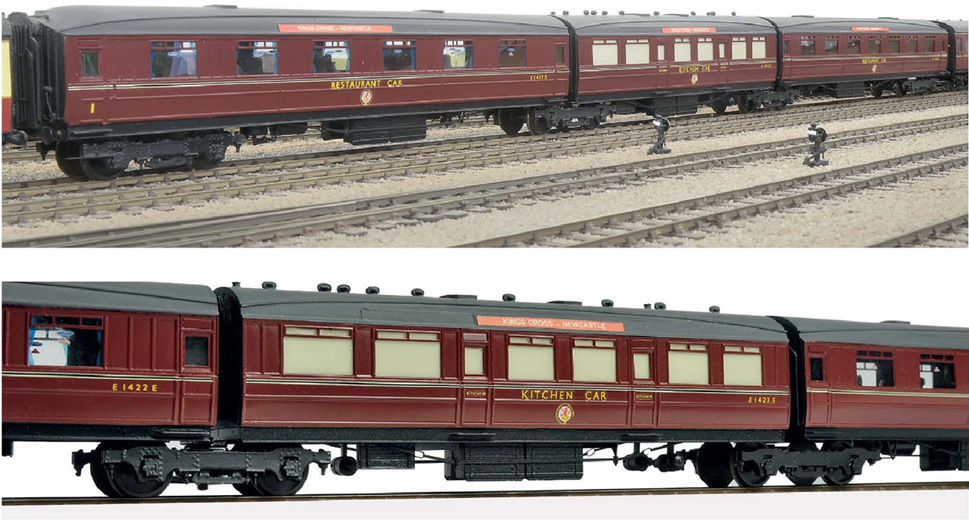
A kit exists for the 1924-built triplets – it’s available from Comet. I built and finished this one at the end of the last century. Because Comet only provides standard bogies, I substituted MJT heavy-duty bogies. All the articulated stock with gangways, catering cars and sleeping cars were fitted with heavy-duty bogies.
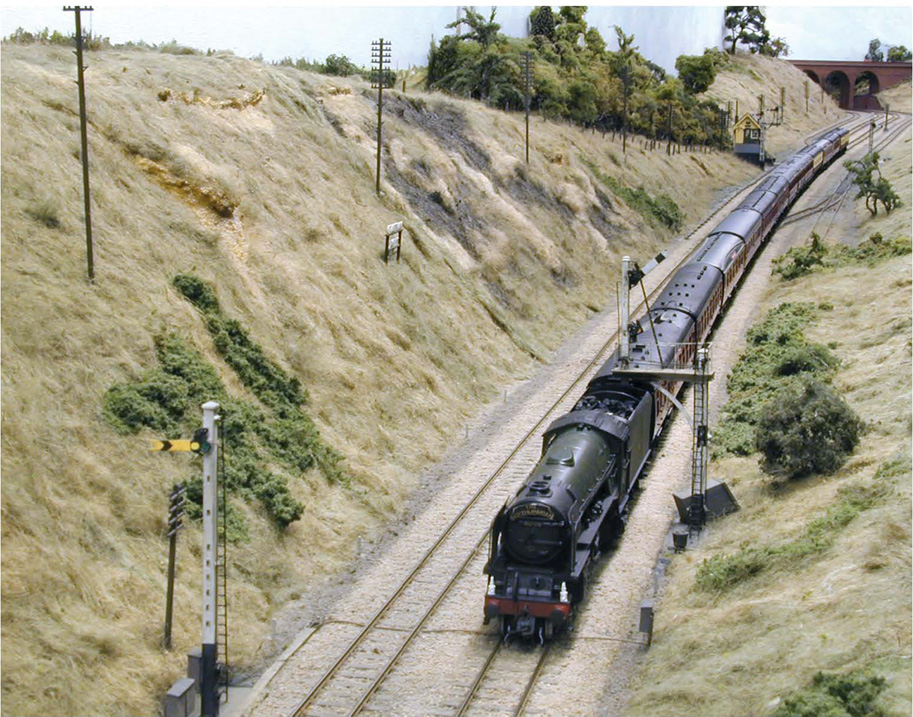
Here’s our representation of the Northumbrian running on ‘Stoke Summit’ during the time when Wolverhampton MRC used to take it on the circuit. Dave Lewis and I built it between us. Though the general consist is correct (including the SO which Dave built from one of his own kits), the triplet set is the Comet one, which doesn’t have the standing bar.

At the time the correct triplet set was not available in any form, other than scratch-building. What was needed was an ex-Flying Scotsman 1938-built triplet. For service on the Gresley Beat, Rupert Brown produced the etched sides, floor pan and ends for these magnificent cars, selling them via Dan Pinnock. Dan then produced the standing bar modification, and this is the set now built for service in the Northumbrian on ‘Little Bytham’. John Houlden did the basic building of the bodies, fitting Kirk roofs. I built the bogies from MJT kits (including the 10ft HD middle ones) and John used Comet bits for the underframe detail.

If you have the fiscal resources to buy what you like, then, if you want a superlative Flying Scotsman triplet set in either 4mm or 7mm, buy the Golden Age product. In LNER teak it looks superb. It’s also available in maroon, but that’s not good. The standing bar is omitted (added when these cars were painted maroon in 1956), the ends are maroon when they should be black and some of the branding is LNER when it should be BR-style.

The other style of triplet catering cars built by the LNER was the singular set for service in the Silver Jubilee in 1935. This was not teak but steel-clad, covered in Rexine to give a silver finish, and was built and painted by Geoff Haynes.

The ex-‘Silver Jubilee’ set saw service in a Newcastle–King’s Cross express post-war, when BR painted it carmine and cream. Built and painted by John Houlden.

The ex-‘Silver Jubilee’ triplet set was finally painted maroon, and I made and finished this representation using Mailcoach sides, roofs, ends and floor pans, adding MJT bogies and underframe detail.































